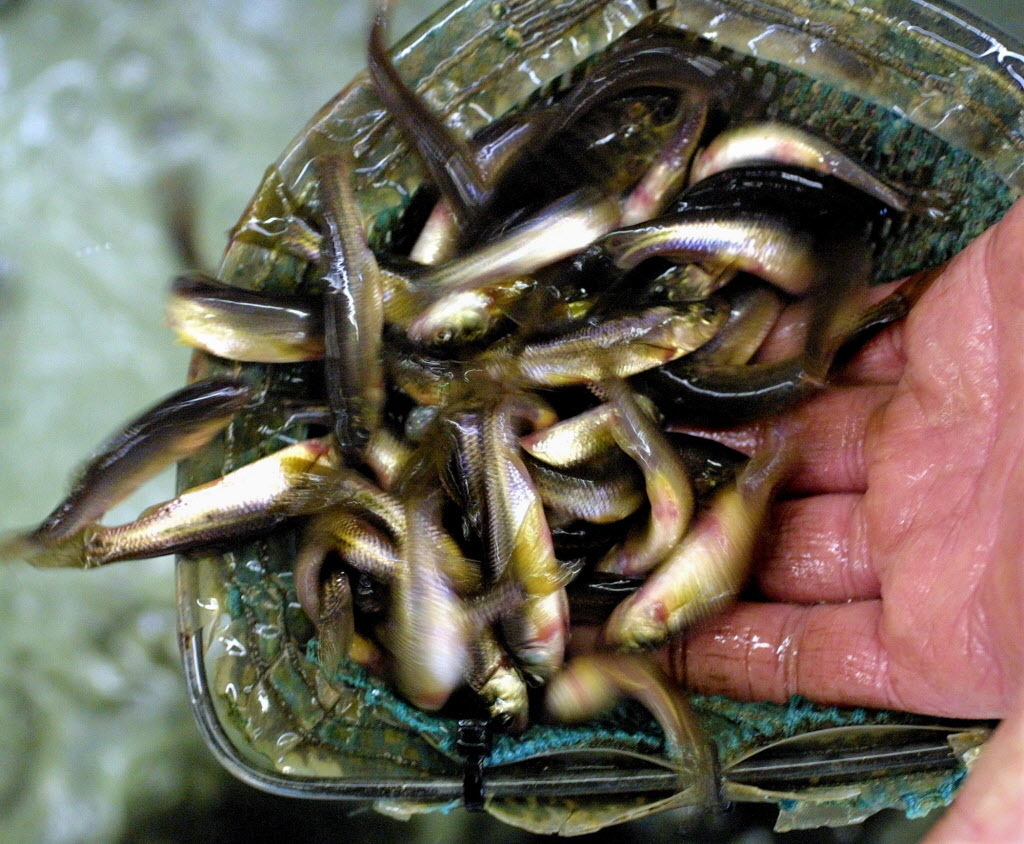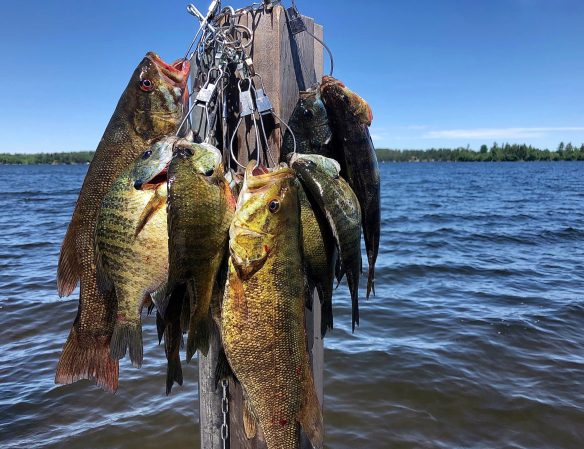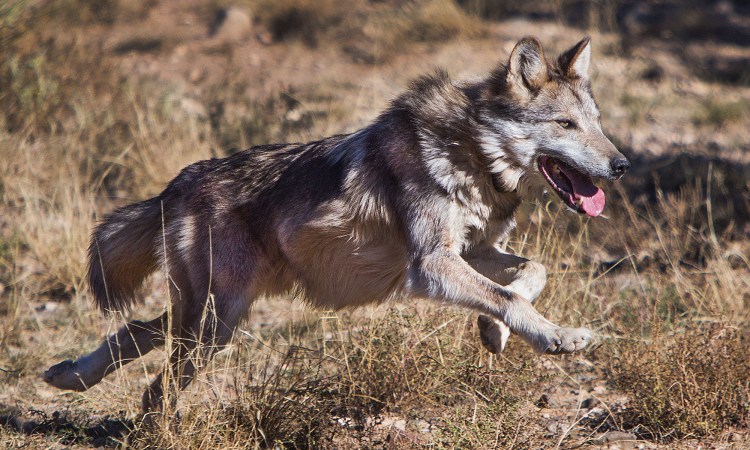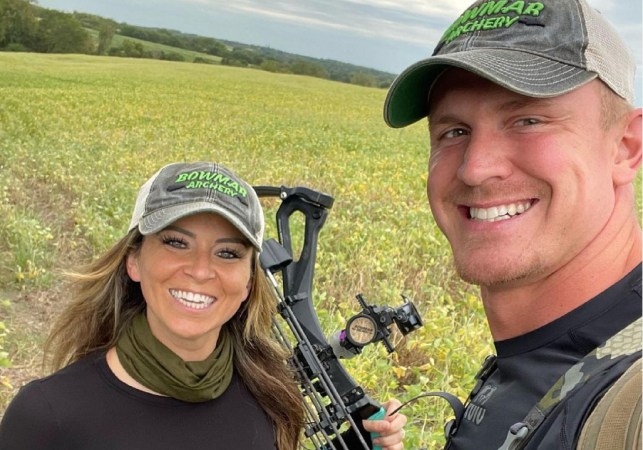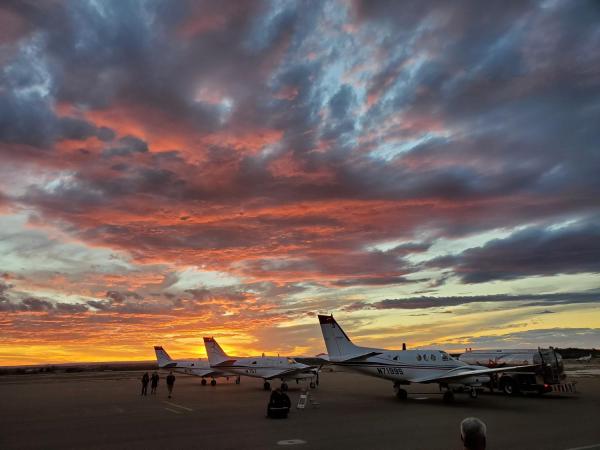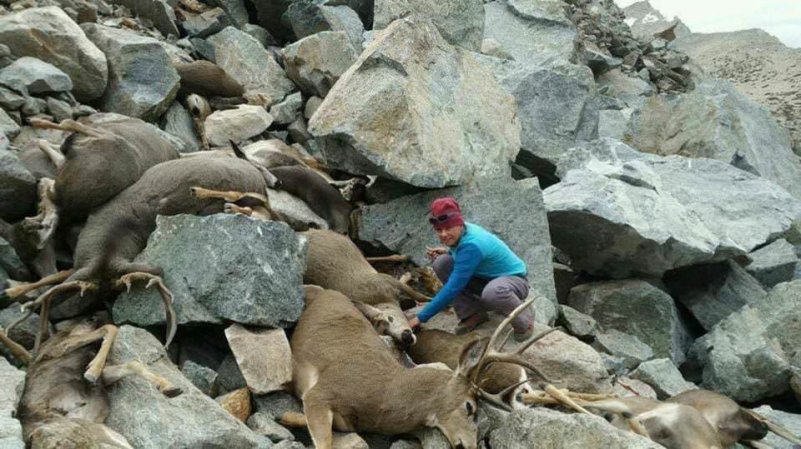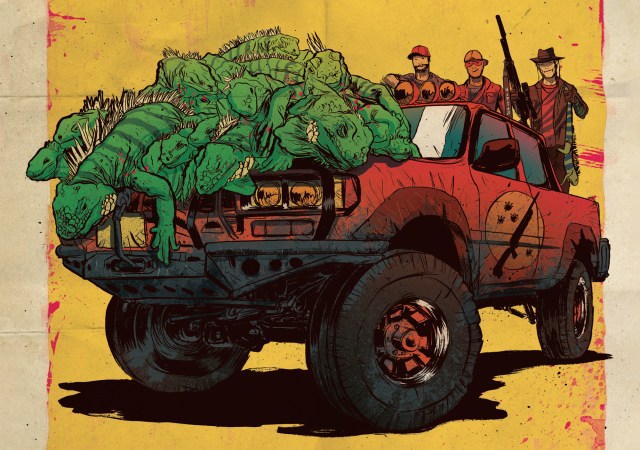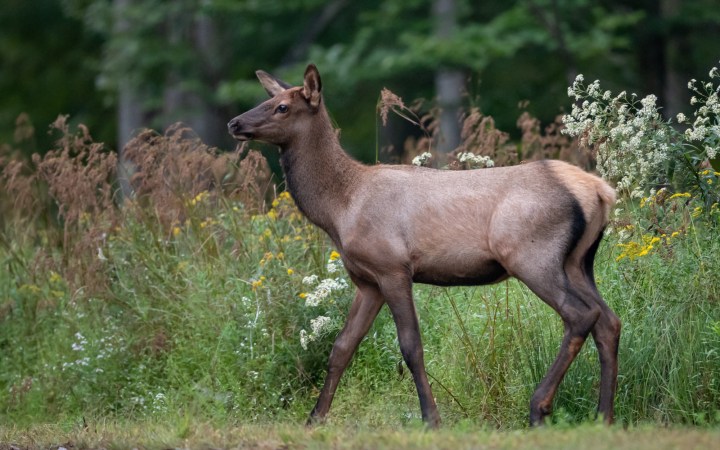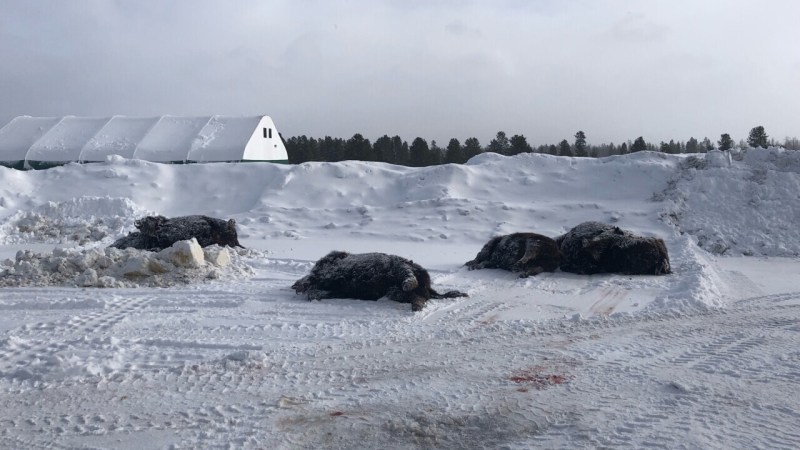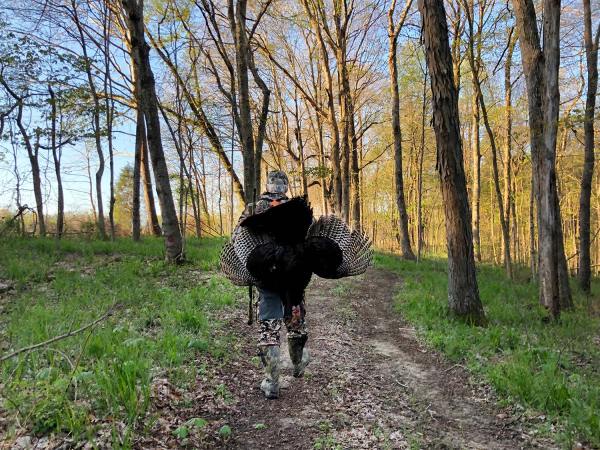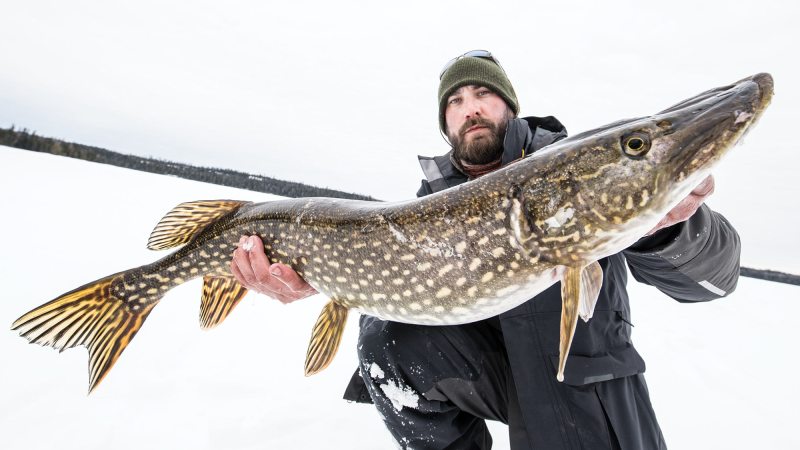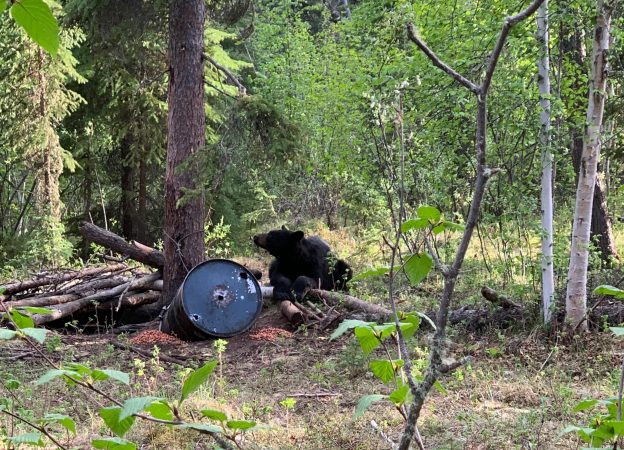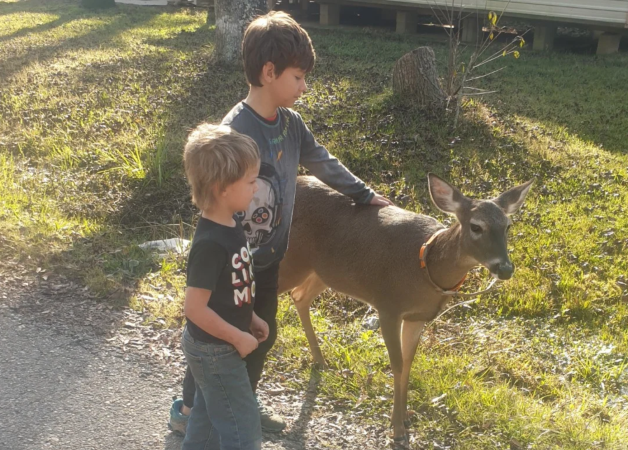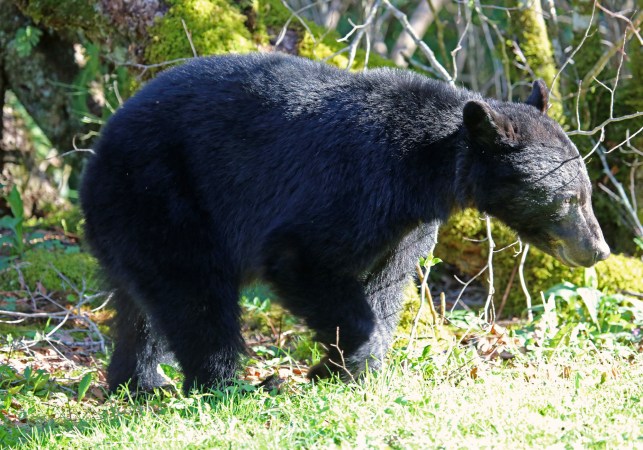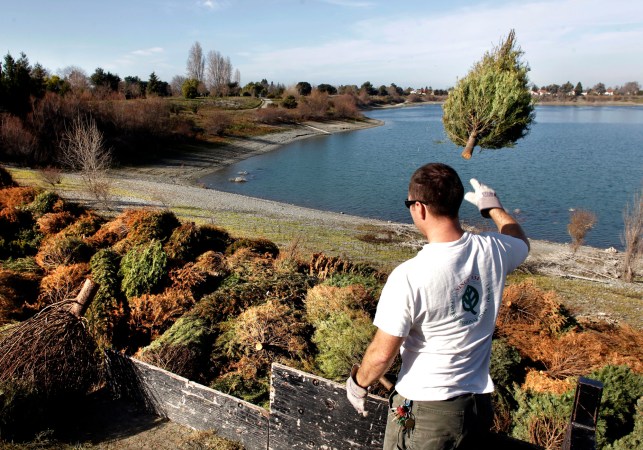Minnesota has a minnow problem. As winter loosens its icy grip and anglers count down the days until the celebrated fishing opener on May 13, the state’s bait dealers are concerned there won’t be enough minnows to go around this year.
There are multiple factors driving the state’s minnow shortage, which has gotten worse in recent years, according to some of the bait suppliers who feed the state’s multi-billion-dollar sportfishing economy. The driving factors behind the ongoing minnow shortage are both environmental and human-caused, including a federal crackdown on bait bootlegging. Potential solutions could be on the way, though it’s doubtful they’ll arrive in time for this year’s fishing season.
“There’s no question in my mind that there is a shortage,” Minnesota Department of Natural Resources division director Dave Ofelt said during a minnow resource meeting in Brainerd earlier this year.
What’s Driving Minnesota’s Minnow Shortage?
The minnow shortage that Minnesota is currently experiencing can be explained by the simple laws of supply and demand. The demand side of the equation is simple enough: Minnesotans love to fish. The Gopher State ranks No. 2 nationally in resident fishing participation, with an average of 1.4 million residents purchasing fishing licenses each year, according to the Minnesota Sportfishing Foundation and Coalition. The state’s abundance of lakes and streams also make it one of the most popular fishing destinations in America for visiting anglers. All told, the sportfishing industry generates more than $4 billion in economic impact annually.

The supply side is more complex, with a host of factors driving the number of minnows available in any given year. Between 2017 and 2021, the statewide minnow harvest decreased by roughly 25 percent, according to the DNR. And while we don’t have enough data to estimate what’s happened since then, there’s enough anecdotal evidence to paint a grim picture for the upcoming season.
“It’s been a concern for probably the last three to four years, but the last two years have been really bad,” says Craig Keuten, a third-generation bait dealer and the owner of Keuten’s Wholesale Bait in Duluth. “And [this year] is gonna be way worse than last year.”
Other bait dealers in Minnesota are echoing Keuten’s concerns. Marshall Koep, who operates one of the largest wholesale operations in the state, tells reporters he’s grown more worried with each passing year.
“Every year our harvest declines,” Koep told the Star Tribune earlier this month. “The bait business needs help. A lot of us are saying we might not be there in a year or two.”
Winterkill
Keuten, 68, has lived through plenty of hard winters, and he tells Outdoor Life that winterkill is the most obvious environmental factor behind recent declines in the statewide minnow harvest. Fathead minnows and spottail shiners are the two of the most important native species used for bait in Minnesota, and these fish experience natural die-offs every year.
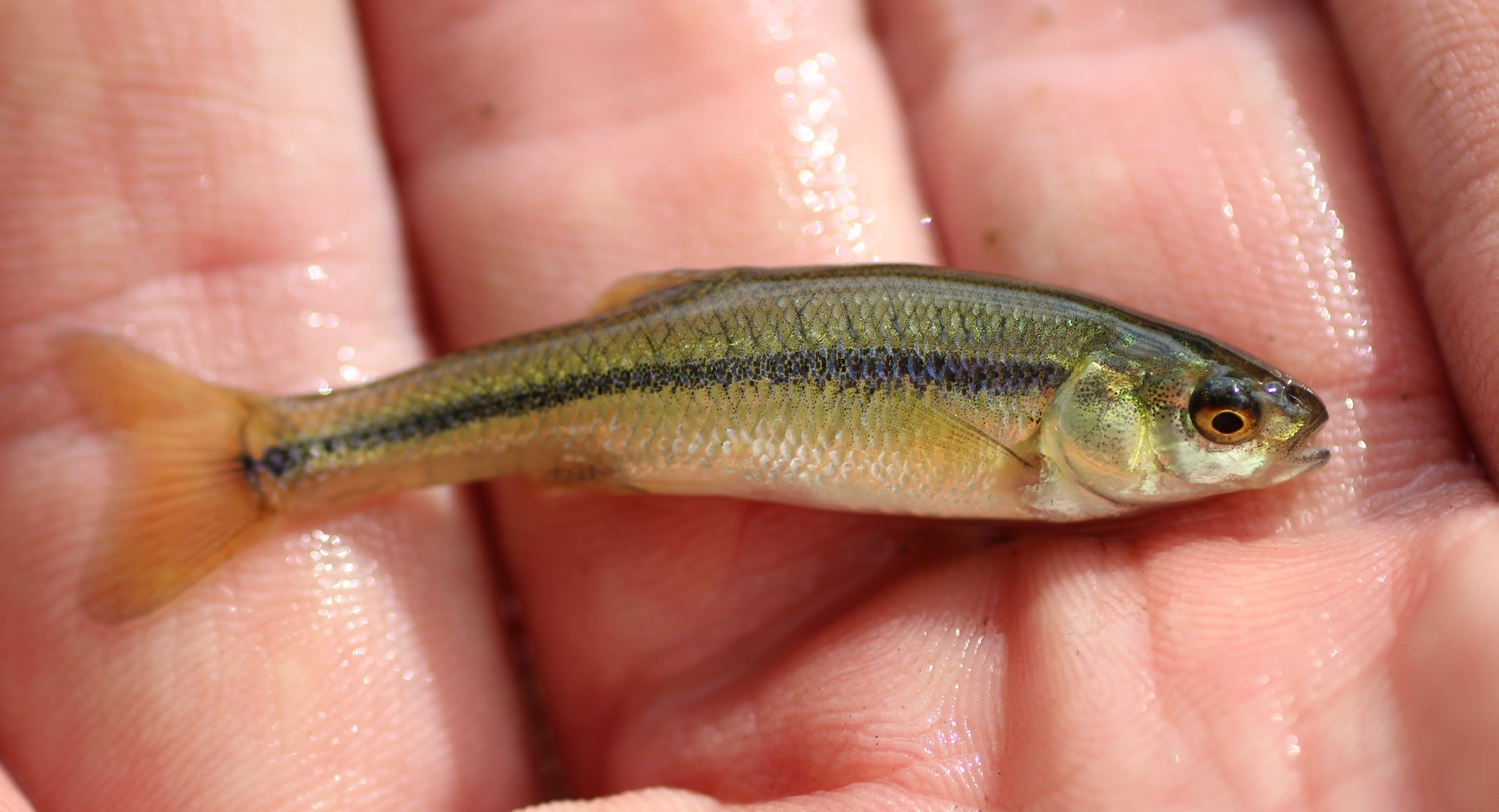
During especially harsh winters, these die-offs get worse. Thick ice coverage and deep snow might be good for ice-fishing, but it also prevents sunlight penetration, which in turn, lowers the amount of oxygen in the water and kills baitfish. A few years of mild winters could help alleviate this, but it wouldn’t be enough to actually fix Minnesota’s minnow problem.
Loss of Fishable Water
“We’re also losing a lot of water,” says Keuten, who started live-trapping minnows with his father when he was nine.
Minnow trappers in the state get a large chunk of their bait from small water bodies on agricultural land, he explains. Many public lakes and streams are also fair game, but these smaller private ponds are important bait sources because they don’t hold as many walleyes, bass, and other predatory fish. Trappers have traditionally accessed these ponds through lease agreements with farmers, but when farmers sell their land, these prime spots often fall by the wayside.
“A lot of [these farmers] want to retire, and a developer will come in and say, ‘I’ll give you X amount of dollars,’ which is more than they ever made farming,” he says. “So, the farmer sells, and then they start developing the property around that water. And as soon you see one dock going in, that pond is shot for minnows. Once they start putting crappies, sunfish, and bullhead in there, it destroys it.”
Meanwhile, concerns about invasive species like milfoil and zebra mussels have led the DNR to close many of the state’s public lakes and ponds to minnow trapping. The agency views the nets and pens used by trappers as potential vectors for the spread of these species. Unfortunately, some of the state’s best spottail shiner lakes have been labeled “infested” by the DNR, which leads the agency to close them to minnow trapping.
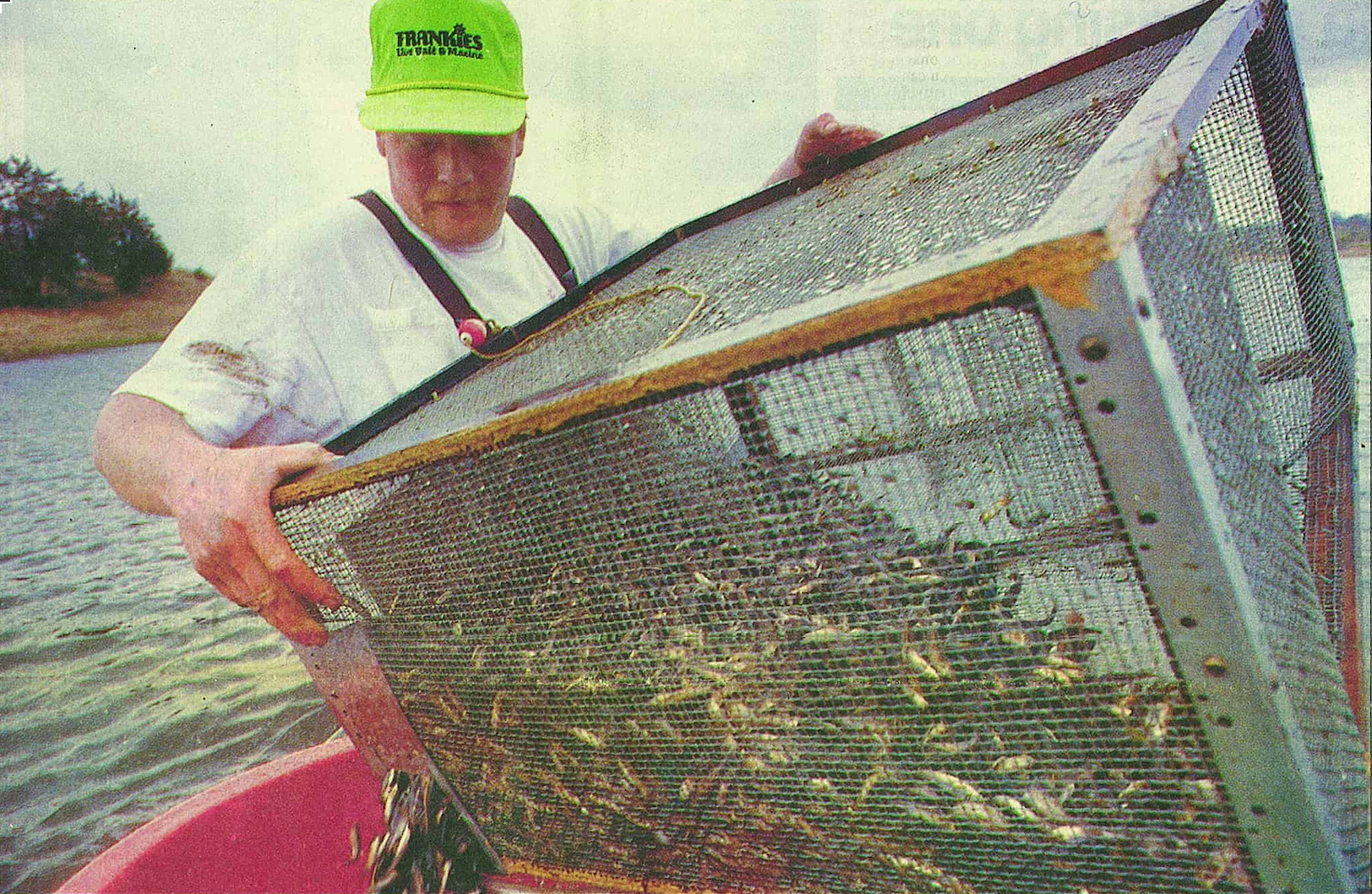
“The restrictions are getting really bad on those lakes,” Keuten says, noting that the problem also affects their access to fathead and chub fisheries. “There are spots where some guys used to trap and seine and get a lot of minnows, but because of milfoil and that stuff, they can’t go in ‘em no more.”
Sucker minnows, which are one of the only species raised in hatcheries in Minnesota, help offset the decreasing supply of minnows in the state. While not as valuable to sportfishermen as fatheads and shiners, they make a decent substitute. But even these hatcheries can’t keep up with the overall demand.
Curiously, a significant chunk of that demand comes from the DNR itself. The agency needs sucker minnows to support its own hatcheries, which help supply the state’s lakes with gamefish. Take two of the state’s most popular gamefish as examples: The agency churns out between 2 to 5 million walleye fry each year, along with more than 20,000 muskie fingerlings. And those hatchery fish have to eat, too.
Stricter Regulations
All these factors help explain why Minnesota’s supply of minnows can’t keep up with demand. But the way Keuten sees it, they still don’t address the single biggest issue hamstringing the state’s bait dealers: regulations.
Minnesota and Maine are the only two states in the country that prohibit the importation of live baitfish from other states. (The exportation of these fish is allowed, which further compounds the supply dilemma.) Importing minnows is a common practice elsewhere, Keuten explains, and wholesalers in neighboring Wisconsin and Iowa rely heavily on imported shiners and other baitfish. A lot of these come from Arkansas, which is home to the largest minnow farm in the world.
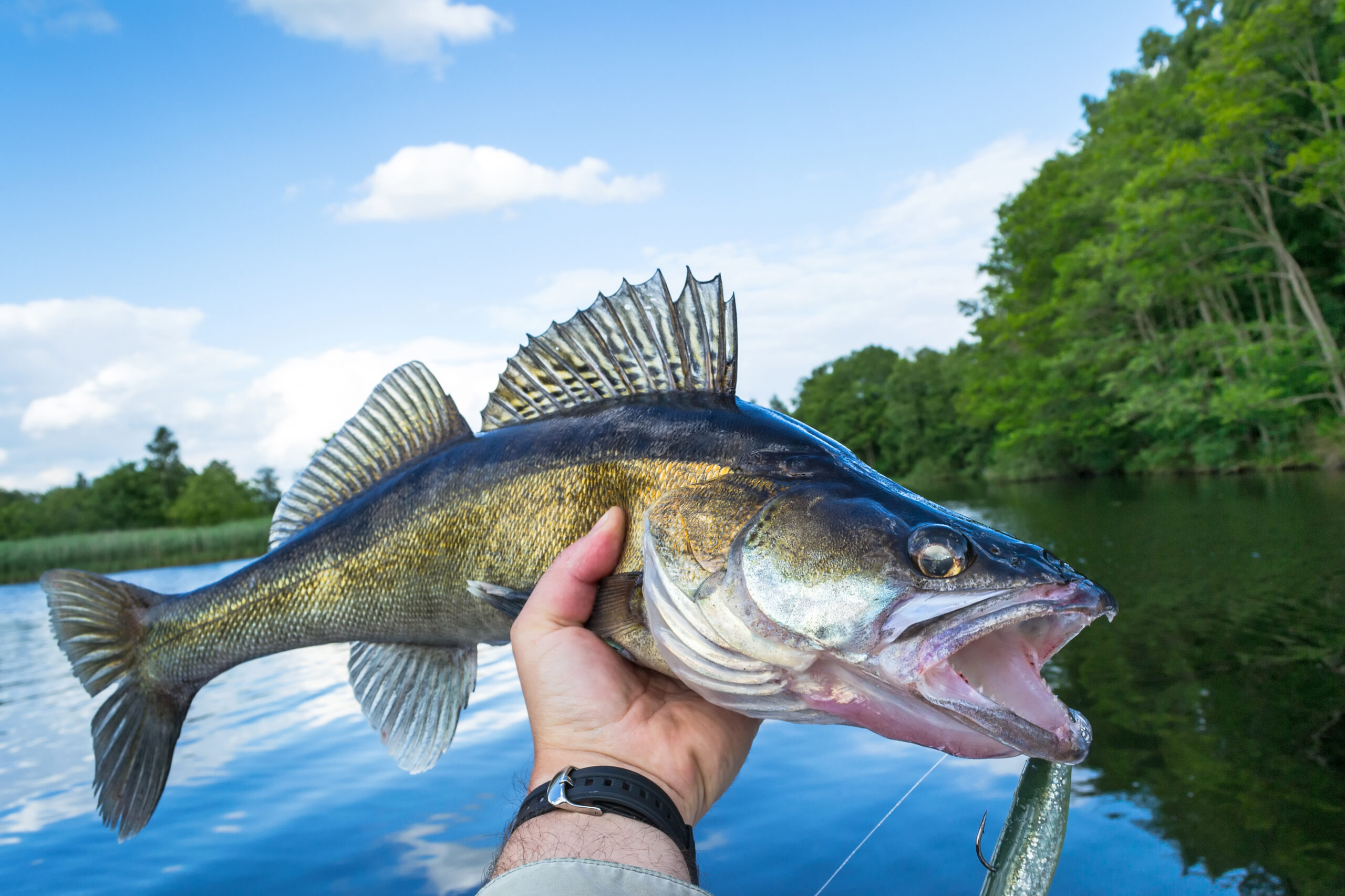
Minnesota’s imported minnow statute has been around since the 1960s, Keuten says. But for decades, bait dealers there circumvented it the same way whiskey dealers kept their businesses going during Prohibition: by bootlegging.
“Ever since the ’60s, my dad and a lot of other wholesalers would buy live shiners from Wisconsin,” he explains. “A lot of us—both the generations before and mine—would bootleg those shiners in.”
Keuten says that for a long time, the DNR would turn a blind eye to bootlegging bait dealers so long as they didn’t get carried away. That changed roughly 10 years ago, he says, as growing concerns about invasive species and imported diseases forced the agency to crack down on the activity.
“The same month they did that, I had 10 federal and state wardens show up on my property one morning. By 12 o’ clock that afternoon, I was getting calls from guys across the state. It was like I was the Tony Soprano of the bait business.”
Keuten got away a stern warning, which was enough to keep him and other bait dealers from skirting the law. But he says that until those regulations change, the future of fishing with live bait in Minnesota hangs in the balance.
“Without importation, the bait business is gonna die in Minnesota.”
Are Solutions to Minnesota’s Minnow Shortage on the Way?
Last year, state Senator Carrie Rudd (R-Breezy Point) re-introduced a minnow importation bill that would modify Minnesota regulations and allow permitted bait dealers to import shiners from Arkansas and other states. Rudd introduced a similar bill in 2017 that failed after it was met with resistance from the DNR.
“I’ve carried this bill for many years but wanted to bring it forward again this year because of how important this issue is for our bait industry,” Rudd said in 2022 “When I first introduced the bill in 2017, the industry was in a semi-crisis and there wasn’t enough bait to meet fishing demands. Now we find ourselves in an even worse situation.”
If passed, the legislation would require all imported shiners to be certified as healthy according to standards set by the World Health Organization for Animal Health. Those minnows would also have to come from biosecure facilities that have tested negative for invasive species for at least 12 months. The re-introduced bill is currently awaiting hearings in the legislature.
In the meantime, the DNR has floated a short-term solution that should help alleviate some of the pressures facing Minnesota’s bait industry, according to the Star Tribune. The agency did not immediately respond to requests for comment.
Read Next: How to Catch Nightcrawlers for Bait
During the meeting in Brainerd last month, the DNR announced it would enact an emergency measure on multiple lakes where minnow trapping has either been closed or curtailed due to zebra mussel infestations. The emergency measure would expand the trapping season on some of these lakes, while re-opening others to minnow trappers with special permits. A similar measure would also give these trappers increased access to ponds on state-owned lands.
With summer fishing season just around the corner, the DNR has told the state’s bait dealers that it will continue to assess the impediments facing minnow trappers and consider how they might be removed.

